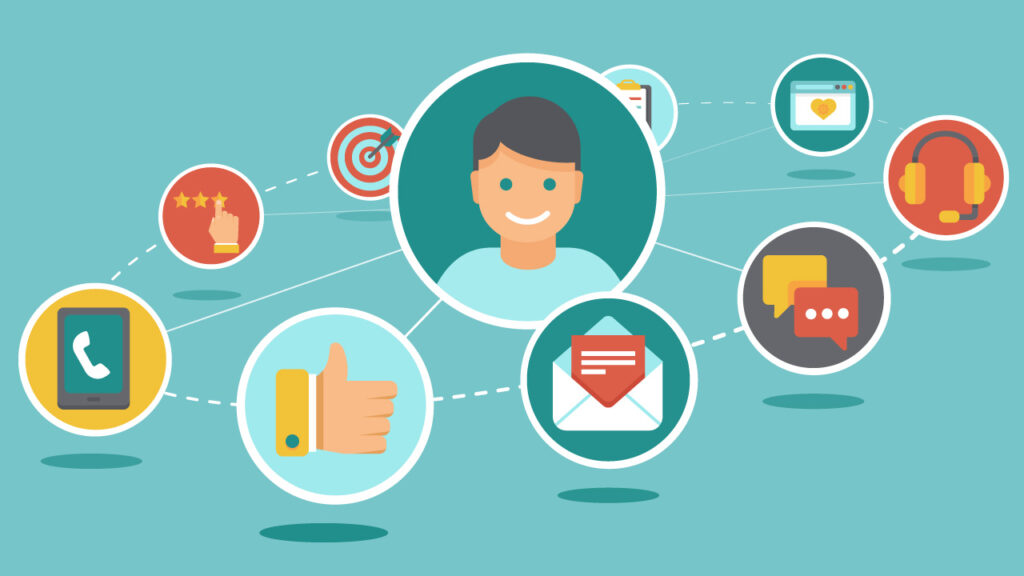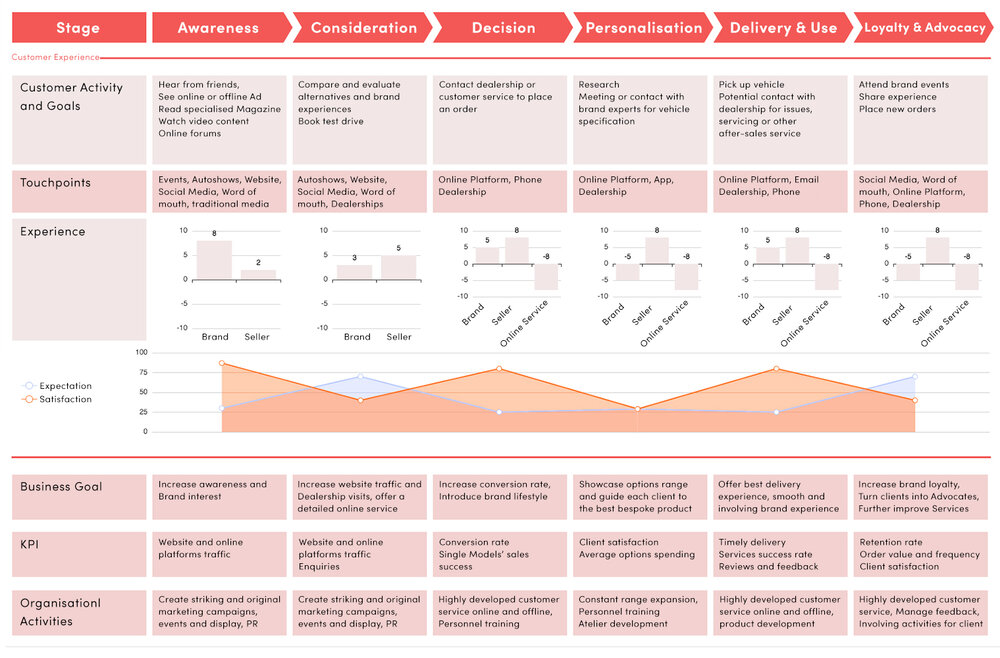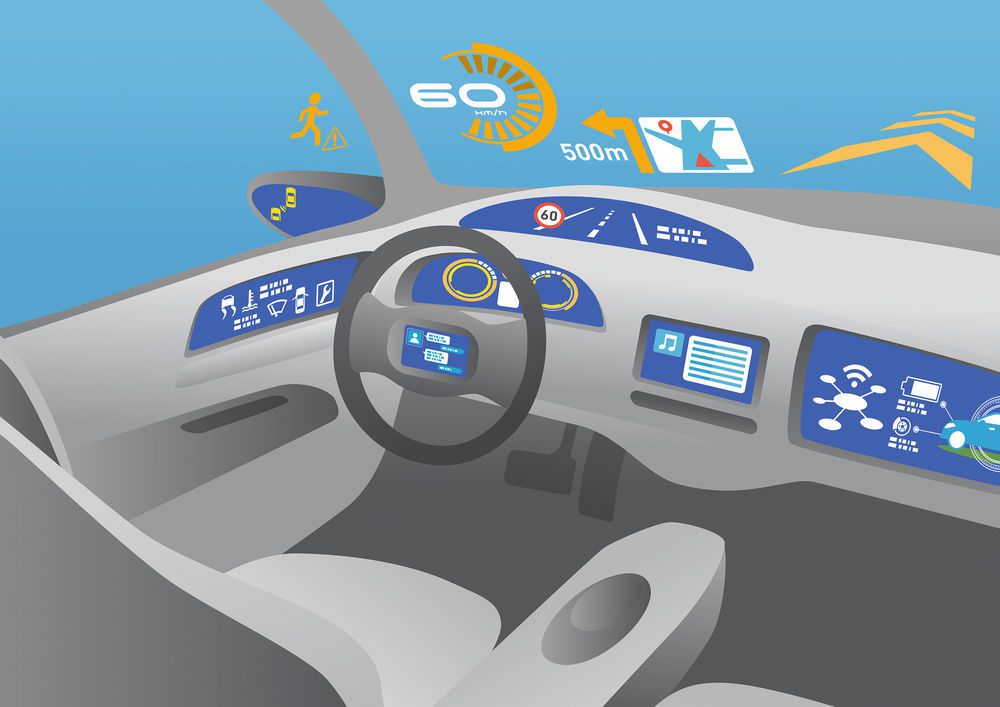COVID-19 and the Automotive Industry
The ongoing pandemic is not only impacting our daily lives. It is also impacting a lot of different industries. While the automotive industry was already changing drastically before the pandemic, the coronavirus is accelerating different trends even more. These trends will likely also influence the new normal after the pandemic.
Different surveys show that people are finding more and more comfort in car ownership. The usage of personal cars nearly doubled in some areas after the outbreak of the coronavirus. Additionally people in China and the US who do not own a car intended on purchasing a car for health and safety reasons. Tech-savvy car shoppers have also increasingly used services for comparing models, prices and deals online. The Google search volume for “best car deals” has grown by 70% globally in March 2020 compared to the same time one year prior. Because most of the car dealerships were closed, a survey also showed that customers would be willing to use review videos, digital showrooms, online configurators, at-home test-drives and vehicle delivery as an alternative to a visit at their local car dealership. While dealers did offer vehicle delivery and car configurators online before the pandemic, only a few of them had the resources to execute a full vehicle purchase online.
Because of the lockdown and the restrictions from the government, auto shows and large conferences and therefore also vehicle launches had been canceled. While some manufacturers shifted to online launches for their new vehicles, some of them were just delaying them. Online vehicle launches and the car buying process will not be the only parts of the connected customer journey that need to be optimized in the future. To be able to achieve the best car experience possible, all processes along the customer journey have to be improved in the future. Good examples for digital customer experiences can be found in the consumer-tech sector from companies like Amazon, Airbnb and Netflix.
The Car Experience
Brand Touchpoints
Brand touchpoints are all points of contact where a potential customer comes into contact with the company. They can either be digital or physical. Examples for digital touchpoints would be websites, e-mail, social media profiles, apps, extended reality applications and many more. Physical touchpoints in the automotive industry include showrooms and the employees there, all company buildings, employees of the company itself, the actual car, the packaging and all print products like catalogues and posters. All touchpoints together can be visualized with a customer journey.

Customer Journey
A customer journey illustrates how a user gradually comes into contact with different touchpoints and what he/she is doing there. Customer journeys can be created for different processes or even long time usage. For the best car experience possible, it is important to improve and adapt the interaction on all touchpoints.

Car Buying Journey
The car buying journey is an example for a customer journey in the automotive industry. It includes every interaction throughout all touchpoints between an automaker and their potential client.
During this journey, about 95% of new car buyers are researching online before actually contacting a dealer. This number is also likely to increase even more in the next few years. The online research includes searches on Google, watching Videos on YouTube, engagement on social media and visiting the company website. Currently about 60% of the total time a customer is spending on buying a car is spent online. While Tesla customers already have to buy the entire car online and therefore also spend a higher percentage of time online, most automakers still require their customers to go to a dealership for purchasing the vehicle. With the development during the current pandemic and the changing needs of the connected customers it is also more likely that customers from different car manufacturers will spend more time online in the future. More automakers will need to enable their customers to buy a car online without visiting the dealership first. Digital dealerships and virtual showrooms might also help improve the car experience.
Despite the fact that automotive customers are usually well informed, only 1 in 3 car buyers knows the exact model and make of the car they are going to buy. Potential customers in the automotive industry also rely on more personalized information from multiple channels and devices.

Every customer journey can be divided into different phases. These phases may have different names or are split up in even more phases depending on the company and product but generally they are quite similar across industries. The typical car buying journey for new car buyers is divided into the following phases.
Awareness
The first phase is all about awareness. It starts when the potential customer realizes that he/she has a problem or a specific need. In the automotive industry this problem could be that the current car is breaking down or that the customer simply wants a new car. This phase also includes organic searches online about how to solve the problem, seeing an ad for a product or solution online or engagement on social media. Potential customers might skip all of the following stages and buy the product directly but this mostly happens with smaller and cheaper products and is unlikely to happen during the car buying process.
Information Gathering / Interest / Consideration
The second phase starts when the potential customers are actually beginning with research. This research could include a simple Google search, watching videos about the product or a detailed car review on YouTube, reading a professional review, visiting the website of the automaker and more. During this phase the buyer acquires knowledge about different brands and products that will most likely solve his problem. This phase ends when the potential customer has narrowed down a list of options.
Decision / Selection / Configuration / Personalization
Tied in with the information phase is the decision phase. The transition from information to decision often starts with the online configuration of the dream car. During this phase the potential customer also starts visiting a dealership for further information and getting a tangible feeling for the car, the features and the quality. A test drive with the actual car plays an essential role because it is the best way to get in contact with the full car experience before actually buying it. In most cases, except for Tesla customers, this phase also marks the leap from online to physical contact with the brand and product. Because new car buyers visit only two dealerships on average before going to the next phase, it is really important to focus on giving every customer the best experience possible.
Purchase / Action
During this phase the potential customer is actually buying the product after checking deals and offers from different dealerships. This phase also includes final decisions, price negotiations and the actual signing of the contracts. But this phase is actually not the end of the car buying process and a smooth transition to the next phase is especially important for the dealership.
Retention / Service / After Sales
The retention phase is one of the hardest but also most important phases for the dealership and automaker during the car buying process. It is all about building a long lasting relationship with the customer. This phase already starts with the first interaction between dealership and buyer during the decision phase. It also includes every activity after the purchase process and is essential for turning a buyer into a loyal customer. The goal of this phase is that the customer is coming back to this dealership for every service and ideally also the purchase of the next vehicle. That is the reason why it is important to convince the buyers that this dealership is the best place for all their vehicle needs. This phase also includes personalized emails or offers already considering the exchange value of the current car or invitations to special events and test drives.
Example
The following image shows a good example of a automotive customer journey. This map tracks the customer through all phases of the car buying process and also includes the different touchpoints along this journey. But because every client is different and takes different paths when buying a car it is also important to consider different routes and touchpoints depending on the target audience.

Resources | part 2
Branded Interactions, Marco Spies & Katja Wenger
https://info.vierviertel.com/blog/die-5-stationen-der-customer-journey.-kurz-und-knapp-mit-beispiel
https://origence.com/newsroom/driving-the-car-buying-revolution/
https://www.callrail.com/blog/automotive-marketing-strategy-customer-journey/
https://www.gsmarketing.com/customer-journey
https://www.rccdbcars.com/automotive-blog/luxury-automotive-customer-journey-toward-2030-whats-next
